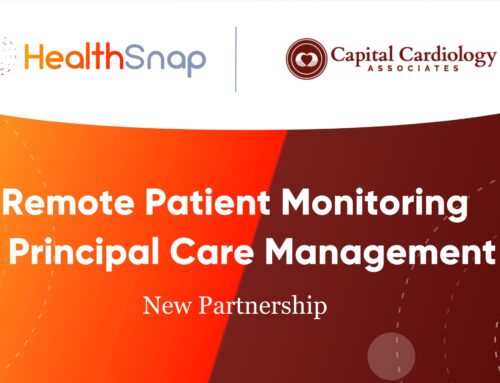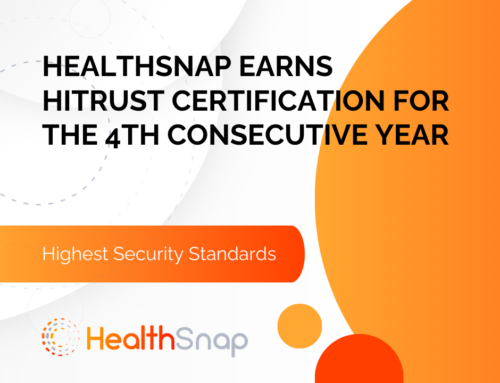We’re barely a month into the new year and 2020 is already shaping up to be a massive year for remote patient monitoring. Fueled by new CPT codes for 2020 and refinements to 2019 CPT codes, along with increasingly accessible technology and improvements in EHR integration, providers have recognized the central role that wearables, apps, and remote sensors will play in the patient-centered care delivery models that will propel them to success in a rapidly evolving American healthcare market. We’ll recap some of the biggest developments from the first few weeks of 2020 below, but also make sure to register for our webinar on February 13 where our RPM experts, Samson Magid and Lisa Aponte, will go in-depth on what you need to know about remote patient monitoring.
Kaiser Permanente expands RPM-based cardiac rehab program
Oakland-based Kaiser Permanente has traditionally been an innovator in patient-centered healthcare, a reputation they strengthened in 2018 when they began using Samsung smartwatches to monitor their cardiac rehab patients. By 2019 they had reported readmission rates of less than 2% and now, building on that early success, they’re planning to scale the program in 2020. Details of the expansion are scarce, but with an 87% percent completion rate of their 8-week program and rumored talks with Apple, it seems likely that Kaiser is looking to scale a program whose success has benefited both patients and profits.
AMA survey shows physician’s use of digital technology is on the rise
We’ve heard anecdotal evidence from physicians around the country that the demand from providers for digital health technology is rapidly increasing, but it’s always nice to get empirical data! A recent survey from the American Medical Association of 1,300 physicians found that over 20% of physicians are using remote patient monitoring to improve care with nearly 90% of physicians seeing the value of digital health tools. AMA Board of Trustees Chair Jesse M. Ehrenfeld writes that “The rise of the digital-native physician will have a profound impact on health care and patient outcomes, and will place digital health technologies under pressure to perform according to higher expectations.”
The proof is in the [peer-reviewed research]
The convergence of healthcare and digital technology has changed the timeline for healthcare innovation—while a traditional pharmaceutical product or medical device can take years to make it to market, digital health technology has evolved on a timeline that has outpaced traditional research and regulatory timelines. The FDA’s Digital Health Software Precertification (Pre-Cert) Program has made progress on the regulatory side, but validation from peer-reviewed research has lagged behind. This is slowly beginning to change and 2020 has already seen several RPM-related publications, including a cross-sectional study to determine the association between data from wearable activity monitors and modifiable biomarkers of cardiometabolic disease that supported the use of consumer-grade devices for predicting the risk of cardiometabolic disease; and a meta-analysis of existing studies that supported the efficacy of remote patient monitoring to control HbA1c levels in Type 2 diabetic populations.
The VA goes next-gen
On the bleeding edge of innovation, the VA once again places itself on the technical vanguard by implementing fifth-generation (5G) cellular technology in its Palo Alto hospital, an important next step in building out technical infrastructure to advance its already-substantial telehealth and remote patient monitoring program. With high bandwidth millimeter wave technology, the VA will eventually be able to scale its existing programs to include synchronous remote patient monitoring that including advanced analytics powered by edge computing and data from internet-of-medical-things devices that will allow patients to receive a level of customized, proactive care that would be previously unimaginable just a few years ago.
What’s next?
From scaling RPM-based cardiac rehab programs to embracing bleeding-edge 5G technology, it’s clear that the digital future of healthcare is quickly becoming the digital present. There’s still a lot of work to be done, but we look forward to working with innovative providers to help make that future a reality by delivering cutting-edge, patient- and provider-centric RPM technology.
HealthSnap is the simplest way to make the shift from reactive to proactive patient care. With HealthSnap, you can easily scale patient monitoring programs, engage patients between visits, and take a data-driven approach to delivering patient care. Want to learn more about RPM for your organization? – Check out our helpful RPM FAQ!






